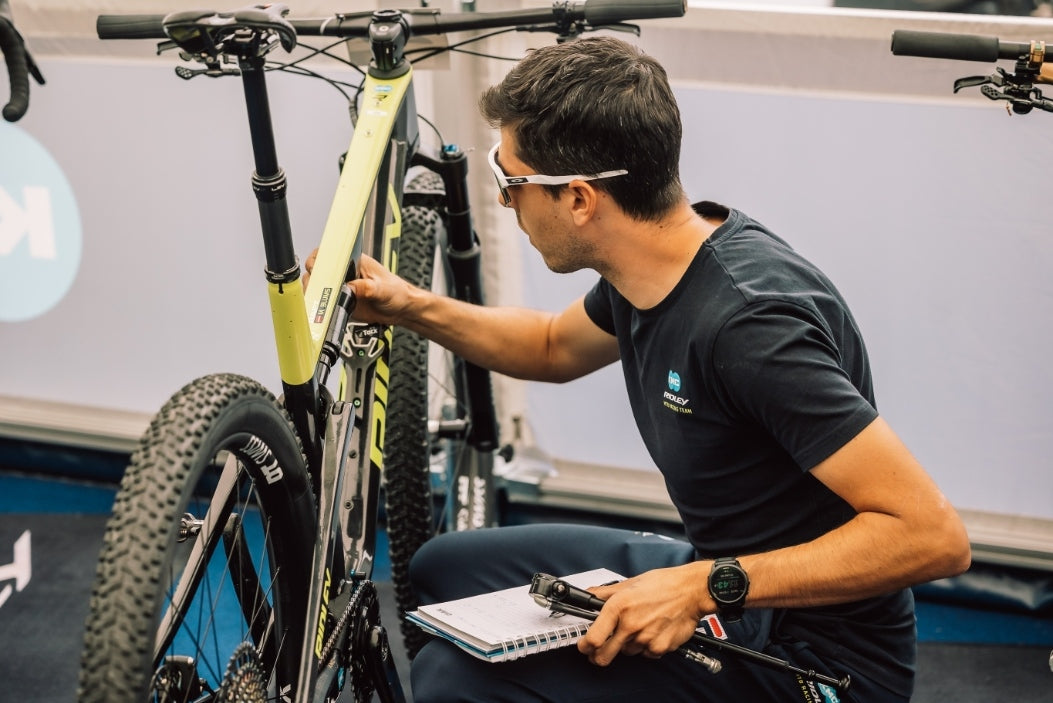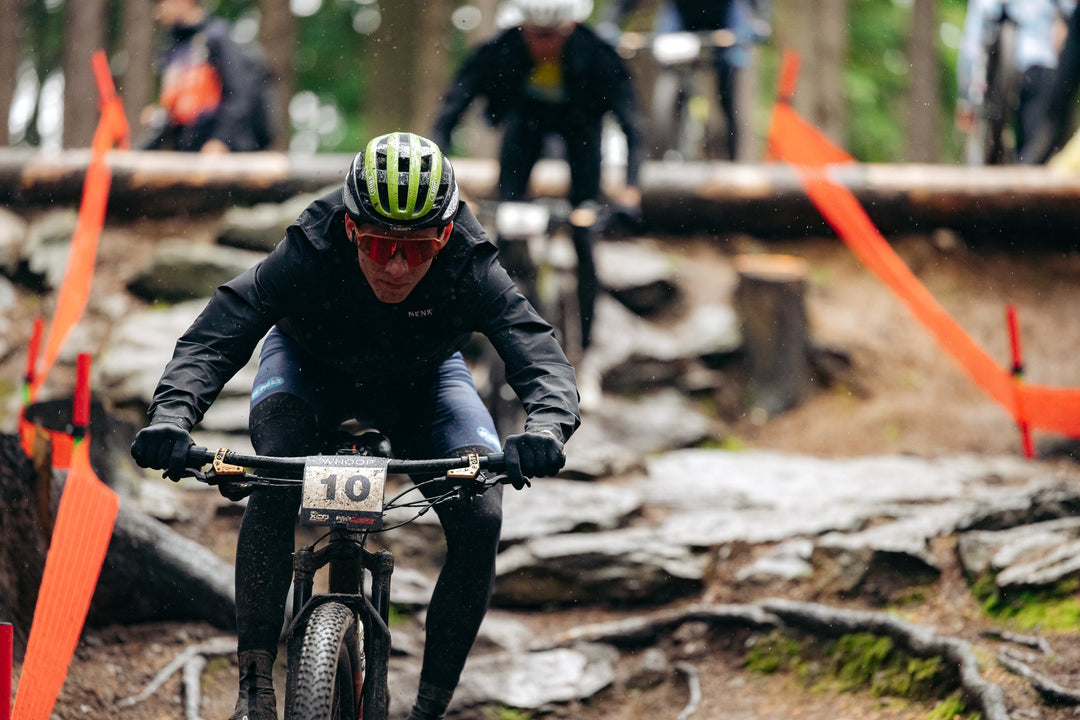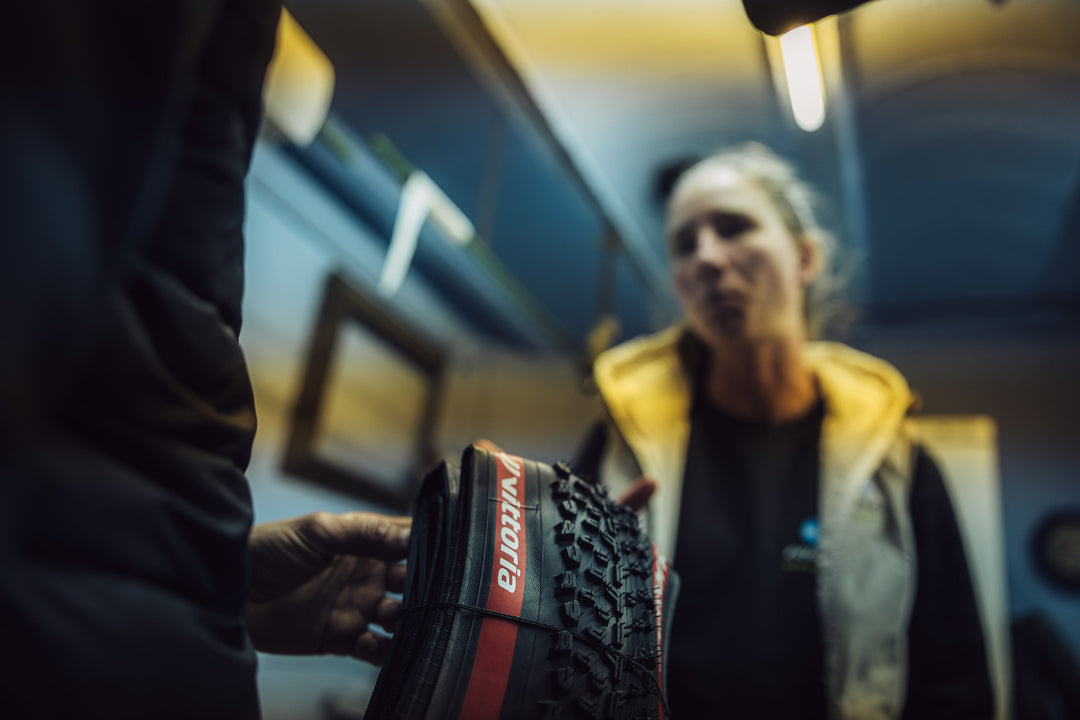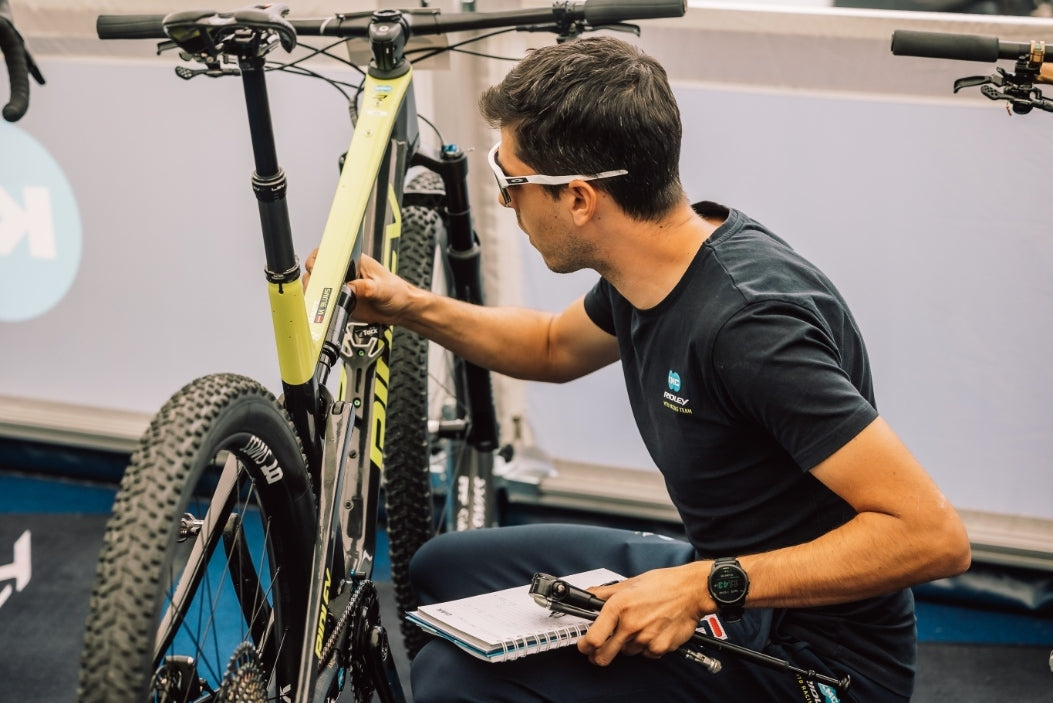Bike Balance and Suspension Tuning: Insights from the Olympic XCO Race

Now that the Olympic XCO is behind us, let's delve into bike setup, overall approach, and specific tuning details, focusing on suspension and bike balance. Bike balance is essential for achieving that perfect feel and maximizing your potential. Poorly tuned suspension is a common issue, often due to overwhelming and conflicting online information.

Why Poor Bike Balance Matters
With poor bike balance, riders may overly rely on the fork or shock, leading to issues like a front-heavy feel on steep descents, excessive bobbing, poor handling, and slower speeds. It can even make it difficult to stay on the trail due to feeling out of control.
Bike balance can be improved by adjusting air pressure, adding or removing tokens, changing IFP pressure, modifying damping oil, or tuning the shim stack. These adjustments are common for World Cup bikes.
Telemetry data before and after tuning shows improved suspension efficiency, sensitivity, and balanced compression. G-forces are reduced, resulting in a smoother ride and more consistent balance lines.
Tuning for the Olympic Course
The compact Olympic course, filled with rock gardens and minimal dirt and grass, required a specific combination of tire pressure and suspension tuning. Gravel sections needed more support to maintain exit speed, while rocky areas required sensitivity to produce lower G-forces.
Our DT Swiss suspension featured a custom tune with multiple settings for various courses. The middle position was fine-tuned for larger jumps and BMX sections, while the fully open mode offered optimal sensitivity and balance. For World Cup racing, adjusting IFP pressure is common practice.
Telemetry data revealed increased fork and shock travel numbers post-tuning, along with higher oil flow through the valves, indicating higher-speed compression and increased HSR and LSR numbers.
Advanced Analysis
Our service center uses advanced software to analyze all parameters and calculate values like chain length and pedal kickback, ensuring optimal racing setup.

Suspension Setup Key Points
- Bike balance is critical for optimal performance.
- Poor bike balance can lead to handling issues.
- Proper suspension tuning enhances ride quality and efficiency.
- Telemetry data is essential for fine-tuning suspension setups.
- The Olympic course required a unique suspension setup to handle varied terrain.






Leave a comment